This large stone carving was apparently intended to be understood from a right to left perspective, given that the main head-variant sign and other discernible elements are facing to the right. The main sign is clearly the representation of a skull which I shall describe as “anthropozoomorphic” in order to avoid any premature identifications with a particular entity or animal. It shows a noticeably defleshed jaw articulation and an opened eye which tends to discard straightforward associations with known Mesoamerican ‘death gods’ (i.e. Schellhas’ God A or other Maya skeletal supernaturals). That the entity depicted had a supernatural character seems to be indicated by the presence of an earflare. Additionaly, it shows a ‘bracket’ element in the upper head not unlike those of some Maya signs such as T1016 (God C’s head) and sign SNA in (Macri and Looper 2003: 164).
A ‘fire’ volute extends forward from the supernatural’s brow or nose. It can be compared with sign T122, although its shape is more symmetric. It could be said at this point that the motif of a ‘fire’ or ‘breath’-exhaling skull is not completely unknown within Maya iconography and writing. Some of its most common occurrences can be found as part of the Dedicatory Formula (PSS) on vessels represented by the sign T1049 (or SCE in Macri & Looper 2003: 158). Unfortunately, we still lack –to my knowledge- sufficient Early Classic and sculptural examples to make a more productive comparison with the stone relief from Las Choapas.
 (photograph source: EnlaceVeracruz212. Periodismo de Investigación)
(photograph source: EnlaceVeracruz212. Periodismo de Investigación)
Above the crown of the head, an apparent ‘sprouting’ or ‘tufting’ vegetal motif can be discerned, perhaps reminiscent of semi-arid plants more common towards the Central Mexican plateau (cf. Taube 2000: Fig. 17a,b). It bears a certain resemblance with some depictions of Panmesoamerican day-signs ‹REED› or ‹FLOWER› (see for example Xochicalco St. 1; Los Horcones St. 2). Almost touching the occipital region behind the head there is an element which arguably could correspond to a bar-and-dot coefficient. If this is so, and Judging from the length of both the bar element and the relative spacing between the dot elements, the intended value could have been originally ‹EIGHT›, instead of ‹SEVEN›. Immediately behind this purported numeral, although unaligned with it or any of the other signs, another ‘scroll’ appears, only this time closely resembling the Maya sign T126.
The overall composition strongly gives the impression of being either: 1) fully iconographic in nature, with no associations to a particular language or perhaps: 2) a particular toponym, anthroponym or theonym rendered through an ‘emblematic’ writing tradition, a trait that, despite being more common amongst central Mexican Early-Classic to Late-Postclassic civilizations (cf. Taube 2000: Fig. 20), it was also readily adopted and/or emulated by some cultures that interacted with the former. Less likely, it could also involve 3) a compound where iconographic motifs were intertwined with glyphic signs (i.e. headdresses containing elements of glyphic proper names in Zapotec or Mayan traditions, etc.). However tempting, I shall avoid for the time being to establish premature associations between the purported coefficient of ‹EIGHT› with the vegetal-like motif that might produce misleading calendric dates (i.e. ‹EIGHT-REED›), given that no clear reading order, alignment or indication exists between these two elements to suggest that they were intended to be read together.
A preliminary official INAH’s pronouncement about the stone carving and cultural affiliation can be consulted at CONACULTA).





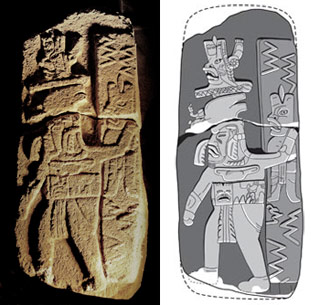




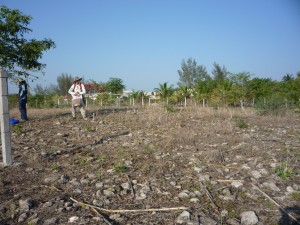



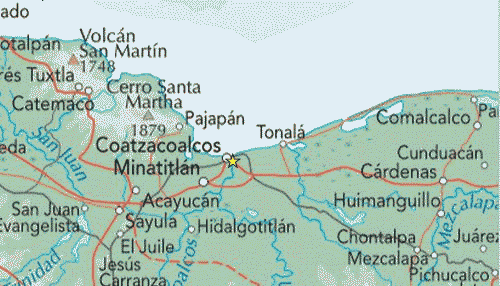




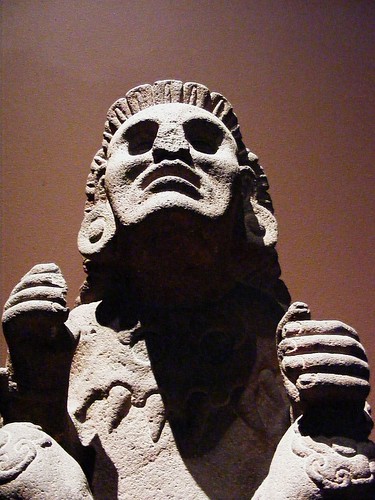






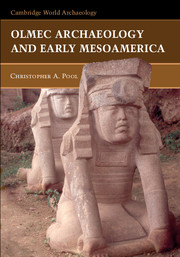






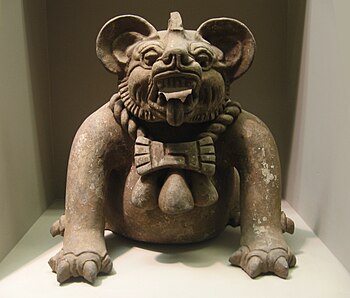

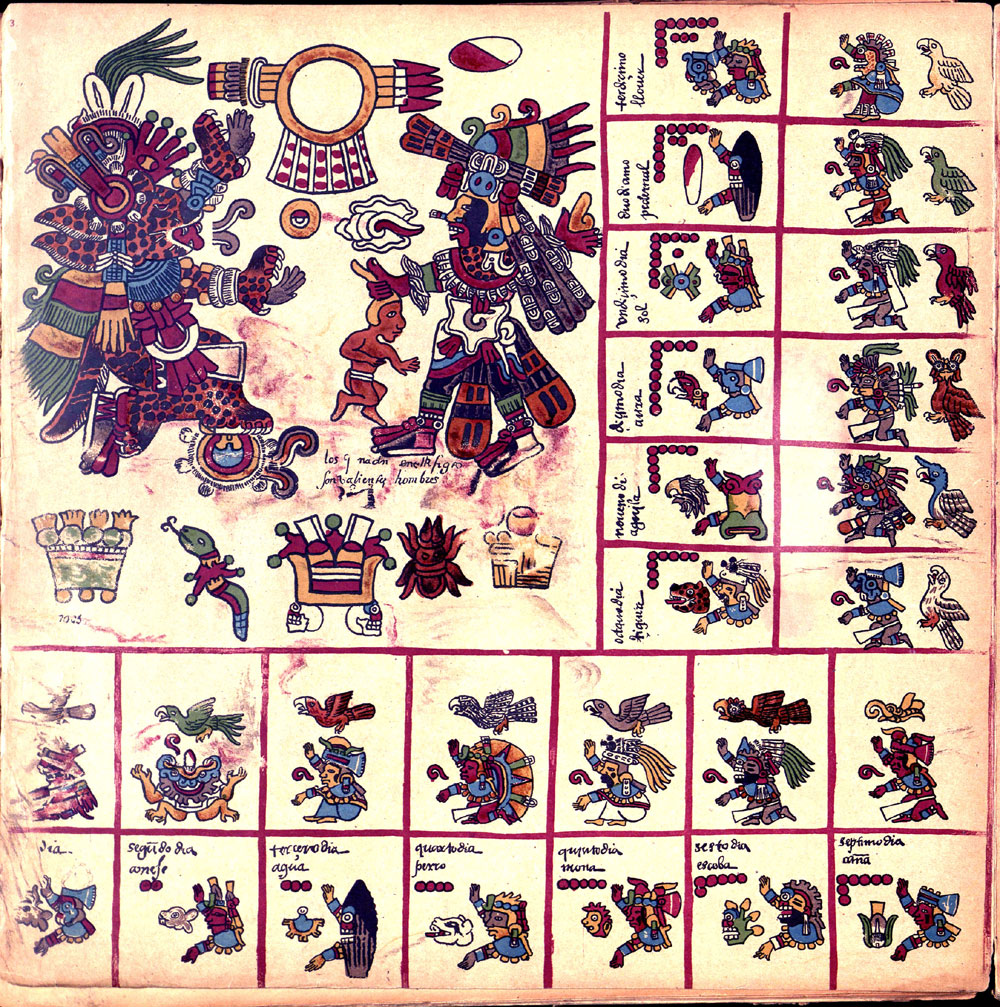

0 Comments:
Post a Comment
Subscribe to Post Comments [Atom]
<< Home